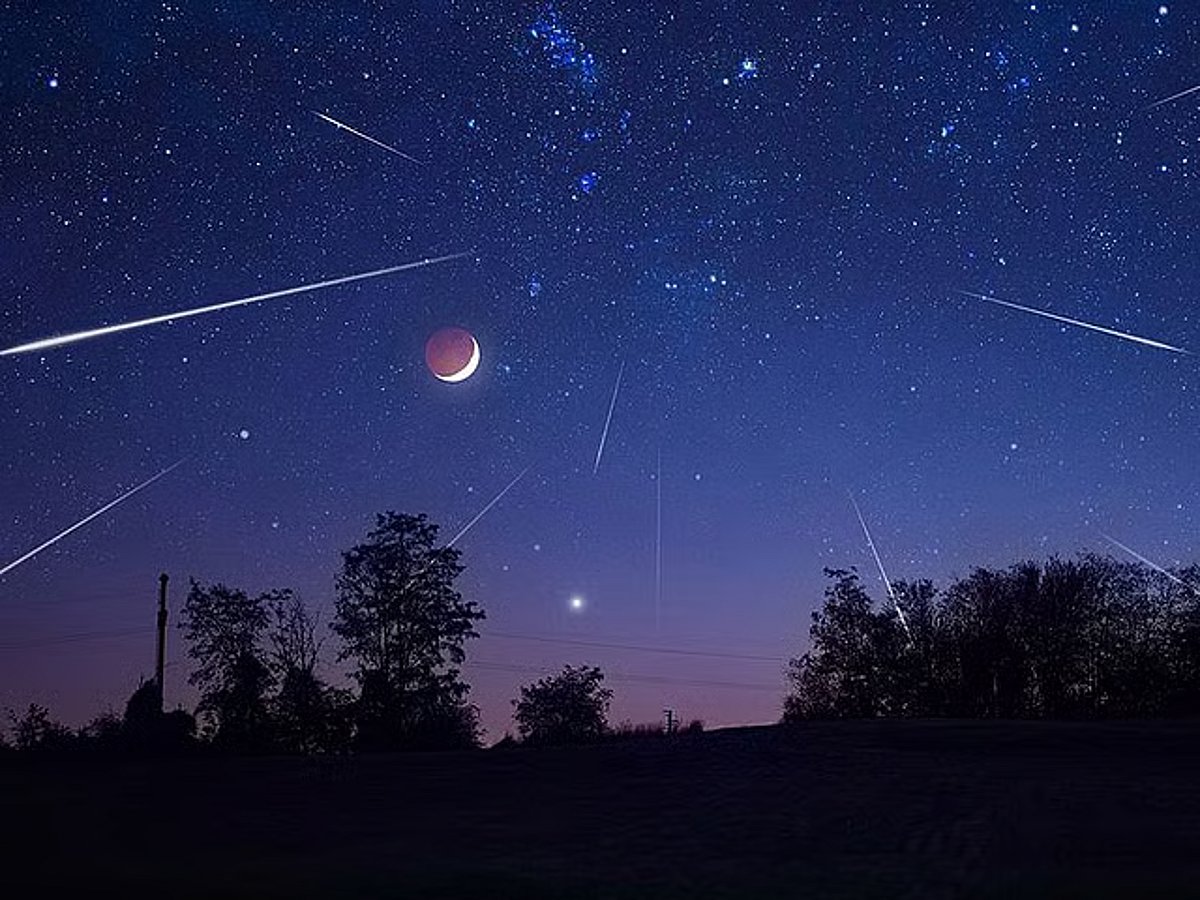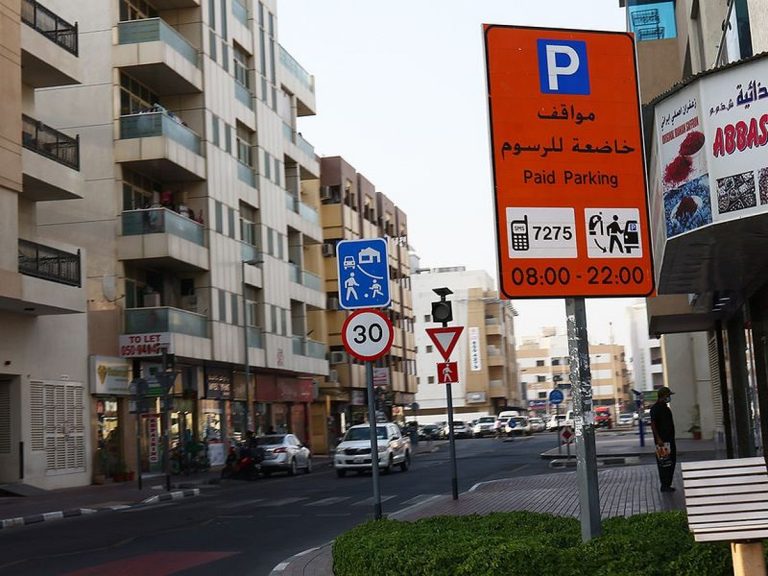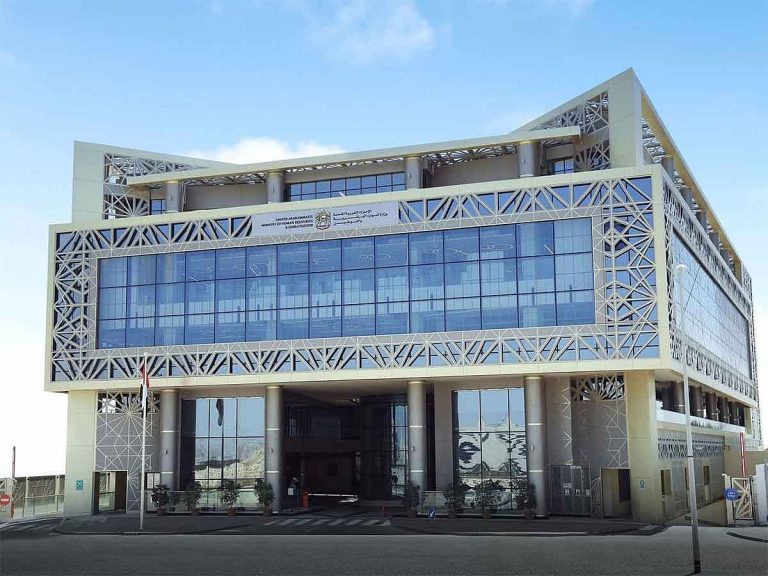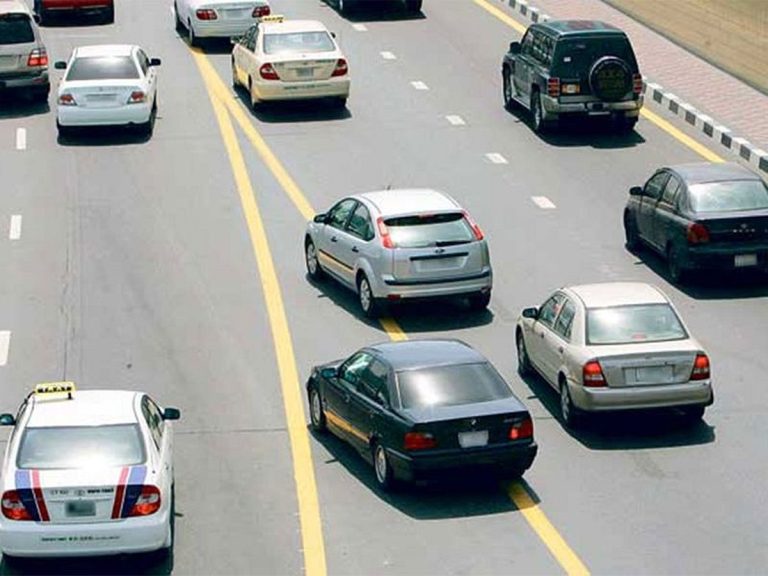Orionid Meteor Shower Peaks Over UAE Skies Tuesday Morning
Stargazers in the UAE are in for a treat as the Orionid meteor shower peaks in the early hours of Tuesday morning. This celestial event promises a stunning display, particularly under the moonless skies, making it an ideal opportunity for enthusiasts and casual observers alike.
Optimal Viewing Conditions
According to Ibrahim Al Jarwan, Chairman of the Emirates Astronomy Society, the best time to observe the meteor shower will be just before dawn on Tuesday. The absence of moonlight will provide a clear view of the night sky, enhancing the experience for those looking to catch a glimpse of the meteors.
“The timing is perfect for this astronomical event,” Al Jarwan explained. “With the moon setting before dawn, stargazers can expect dark skies that are ideal for viewing.”
What to Expect from the Orionids
The Orionid meteor shower is known for its medium strength, typically producing around 20 meteors per hour in areas with minimal light pollution. These meteors, which originate from debris left by Halley’s Comet, can create bright, long-lasting trails that are easily visible to the naked eye.
In addition to the meteor shower, Al Jarwan mentioned that the new crescent moon of Jumada Al Ula will appear at 4:30 PM on Monday, just two hours before sunset. However, it will not be visible, ensuring that the skies remain dark for optimal meteor viewing.
FAQs
When is the best time to see the Orionid meteor shower?
The best viewing time is just before dawn on Tuesday, when the sky will be darkest and free from moonlight.
How many meteors can I expect to see?
Observers can typically see around 20 meteors per hour, especially in areas away from city lights.
What causes the Orionid meteor shower?
The Orionids are produced by debris from Halley’s Comet, which creates the meteors as it passes through the Earth’s atmosphere.
Conclusion
The Orionid meteor shower presents a unique opportunity for stargazers in the UAE to witness a beautiful celestial event. With optimal viewing conditions expected, enthusiasts are encouraged to find a dark spot to enjoy the spectacle. Mark your calendars for the early hours of Tuesday to experience this dazzling display.
The Orionid meteor shower occurs annually, typically peaking in mid-October, and is one of the most anticipated meteor showers due to its connection to Halley’s Comet. This comet, which has an orbital period of approximately 76 years, leaves behind a trail of dust and debris as it travels through the solar system. When Earth passes through this debris field, the particles enter the atmosphere at high speeds, resulting in the bright streaks of light known as meteors. The Orionids are particularly notable for their fast-moving meteors, which can travel at speeds of up to 148,000 miles per hour.
In the UAE, the geographical location and relatively low levels of light pollution in some areas provide an excellent opportunity for observing celestial events. The clear skies typical of this time of year further enhance visibility, making it easier for observers to spot the meteors. Stargazers are encouraged to find locations away from urban areas, such as parks or open spaces, where the night sky is less affected by artificial lighting. This can significantly improve the chances of witnessing the full spectacle of the meteor shower.
In addition to the Orionids, the UAE hosts various astronomy-related events and initiatives aimed at promoting interest in space and celestial phenomena. Organizations like the Emirates Astronomy Society often hold public viewing events and educational programs to engage the community in stargazing and enhance understanding of astronomical events. As interest in astronomy continues to grow, more people are discovering the joy of observing the night sky and participating in events like the Orionid meteor shower, fostering a deeper appreciation for the universe.
Also Read:
UAE Passport Ranked Among World’s Most Powerful Travel Docum







